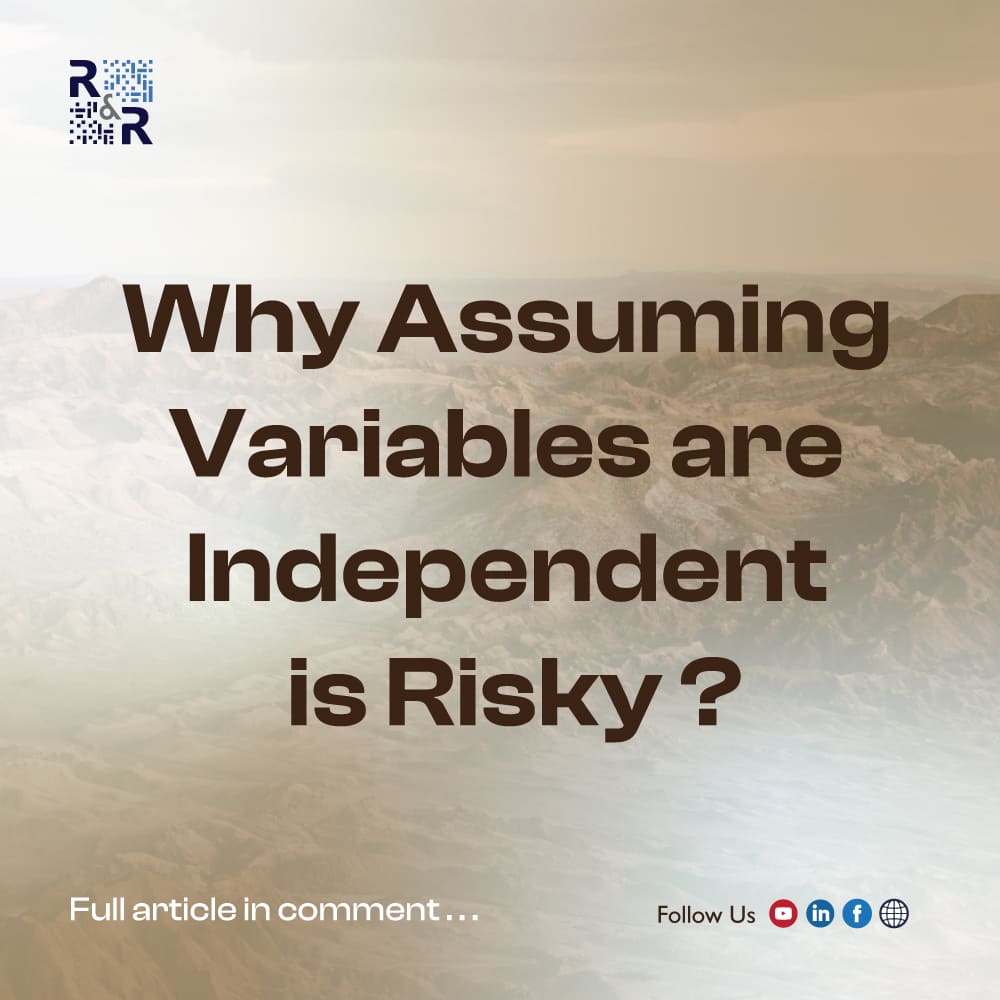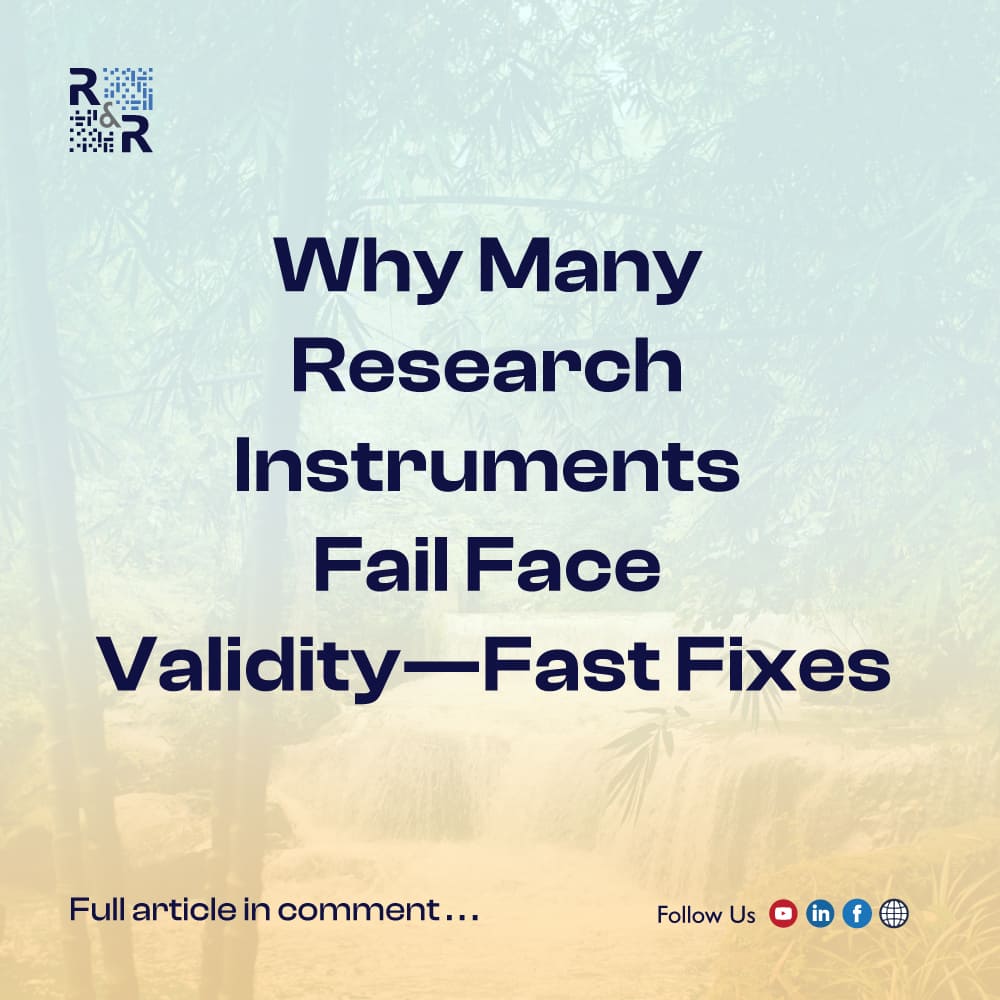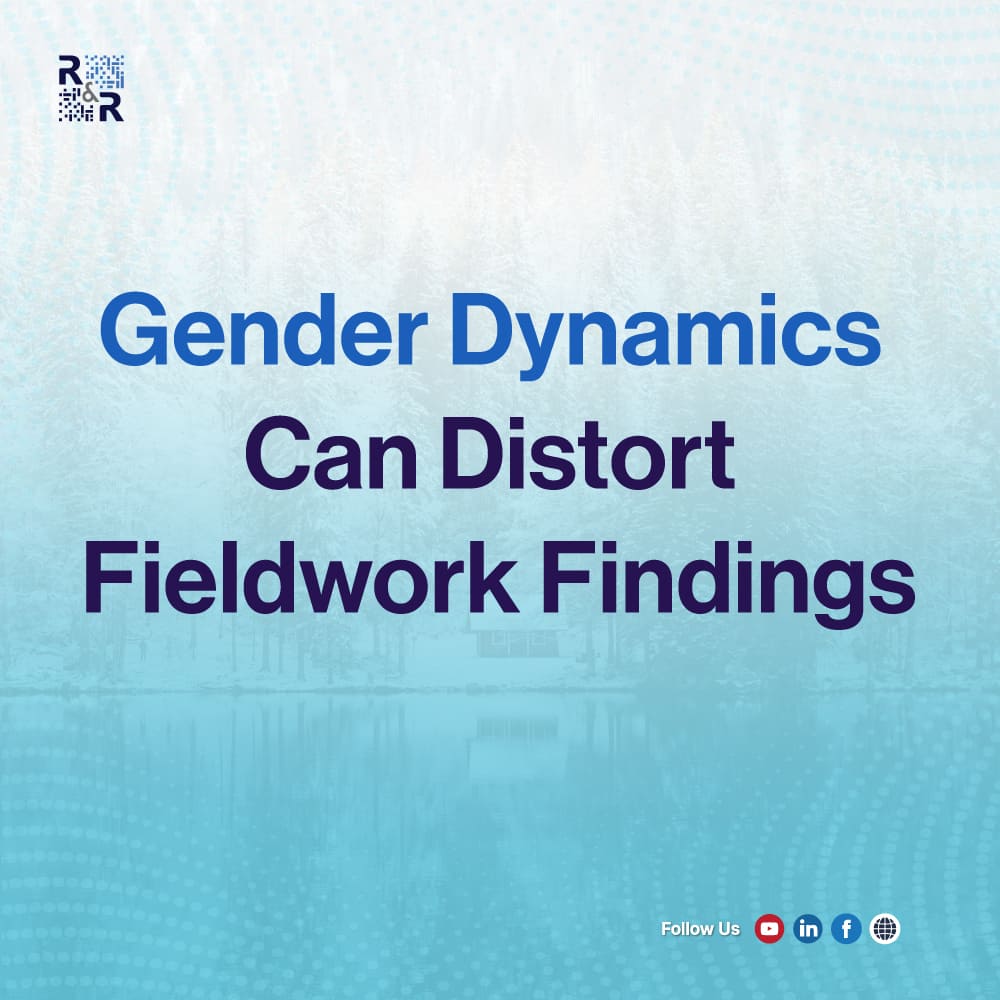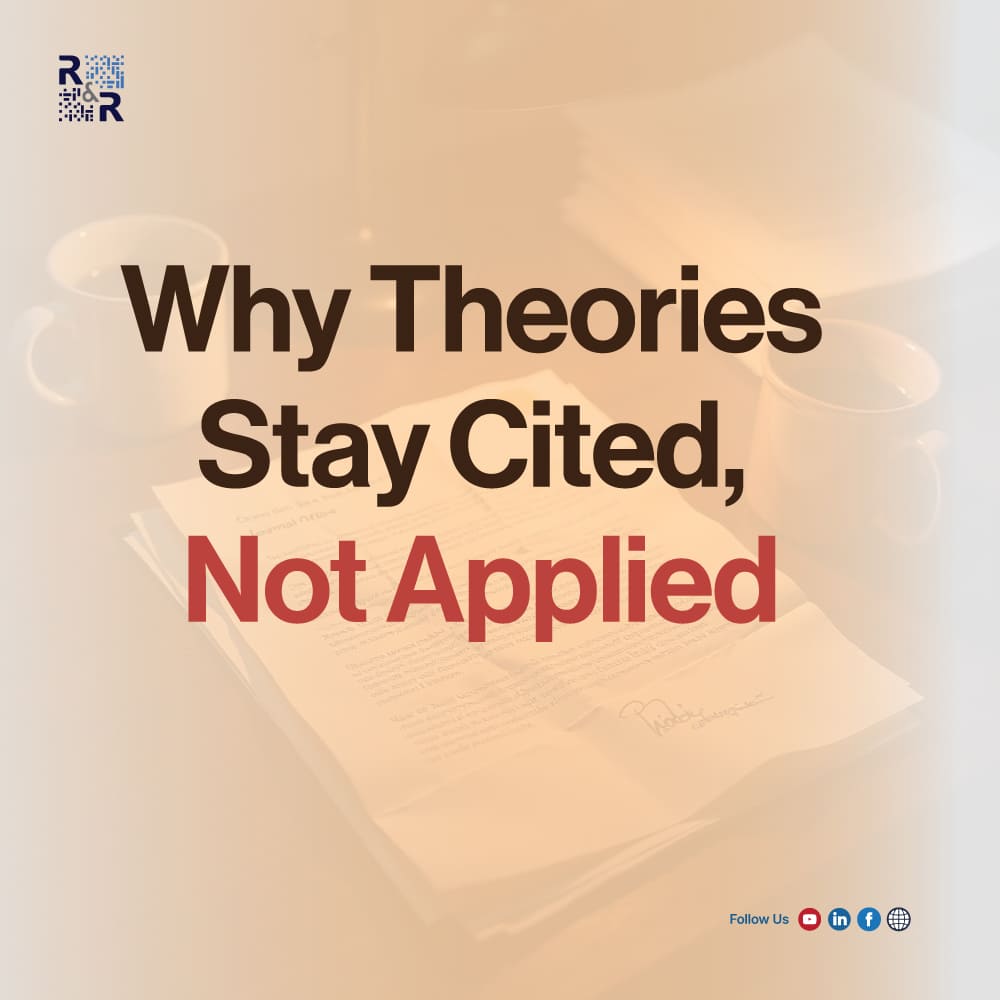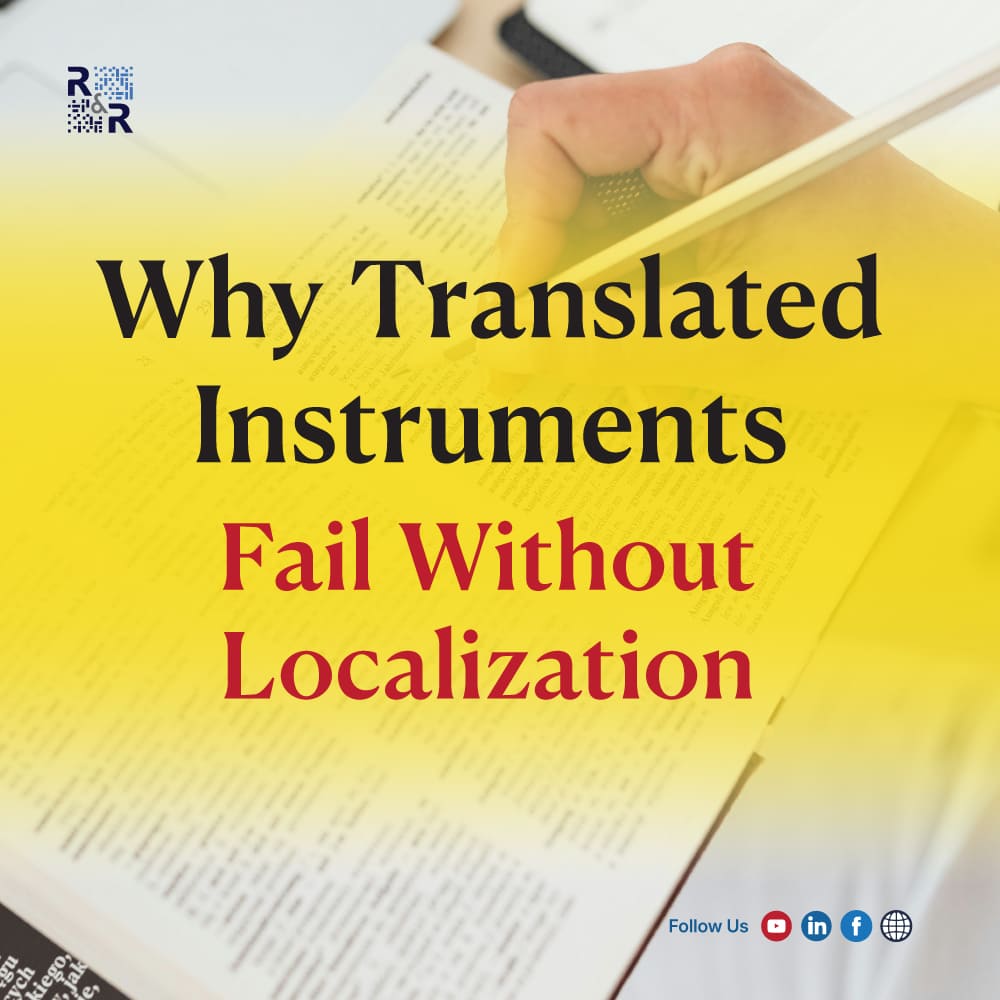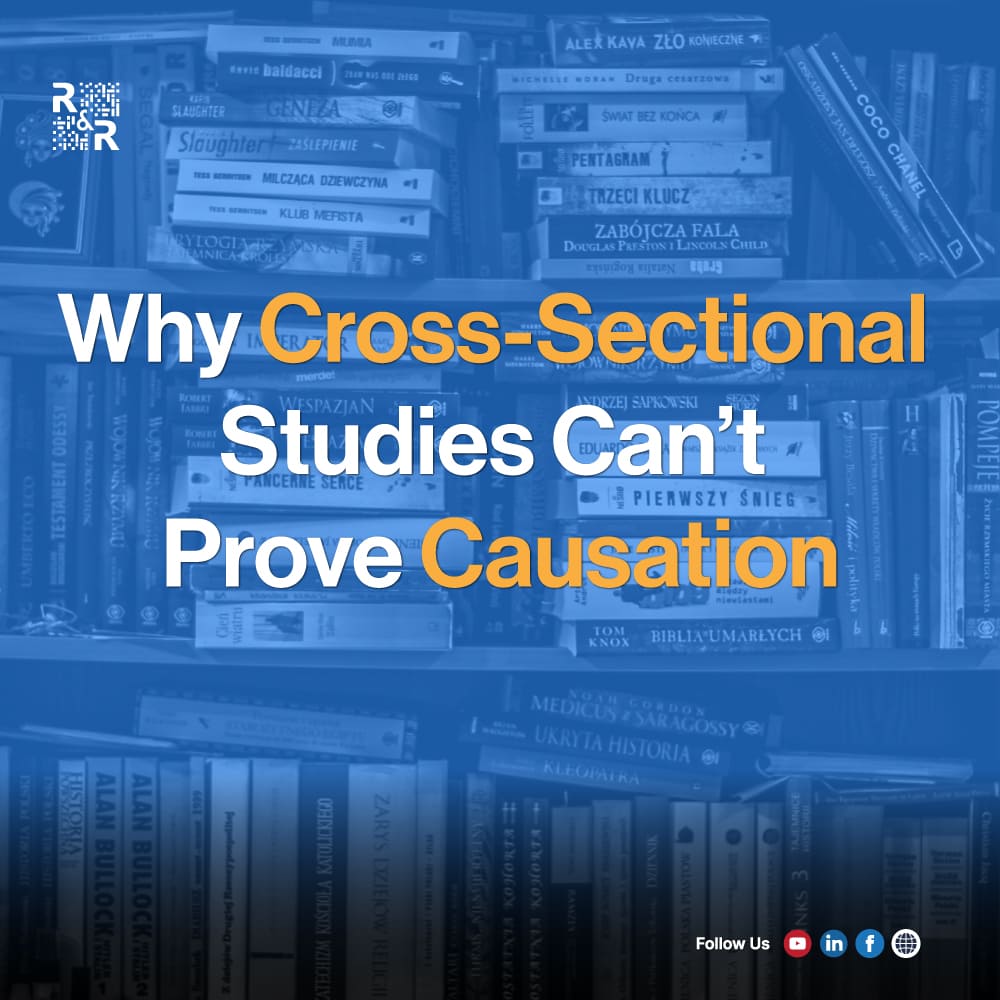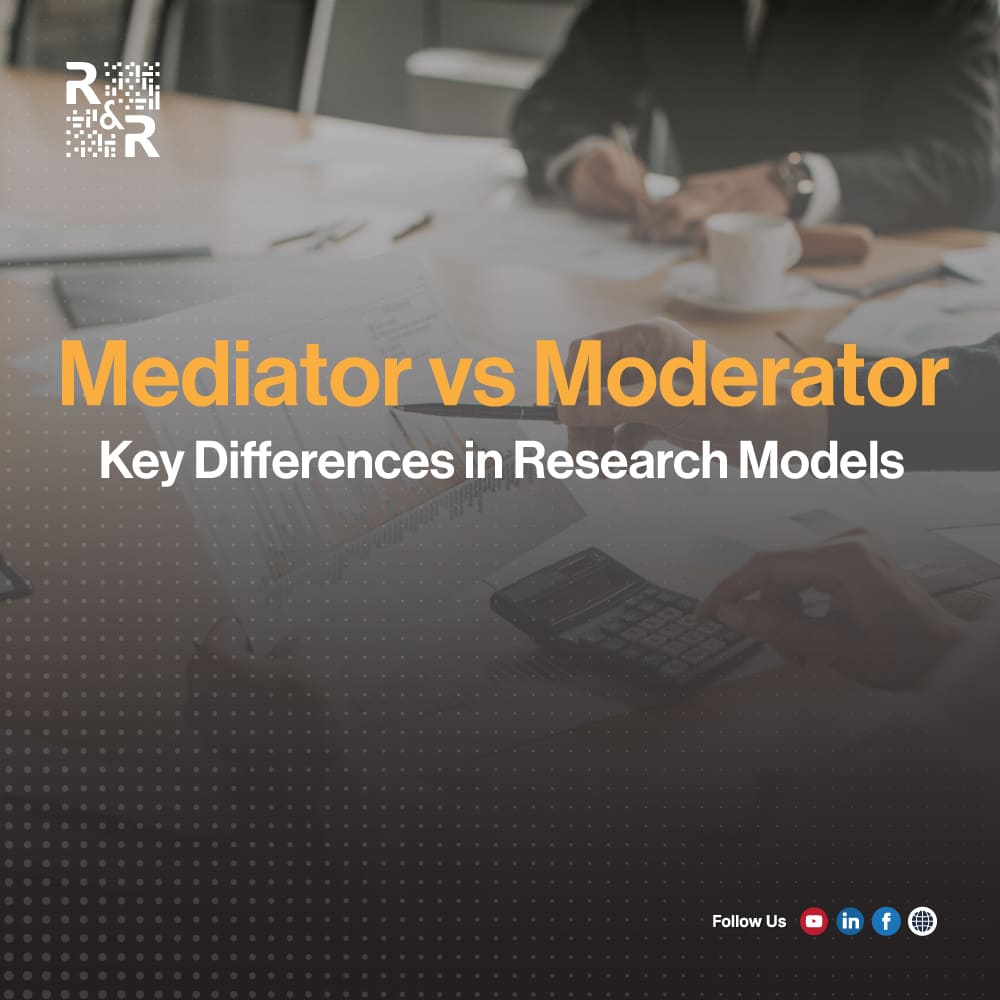Why Assuming Variables Are Independent Is Risky
Statistical independence is one of the most violated assumptions in social science, economics, public health, and data science. Treating variables—or observations—as independent when they are not can break inference, mislead policymakers, and inflate Type I errors.In real-world datasets, hidden dependence structures arise from clustering, networks, spatial proximity, common raters, and temporal patterns. Ignoring these structures … Read more

